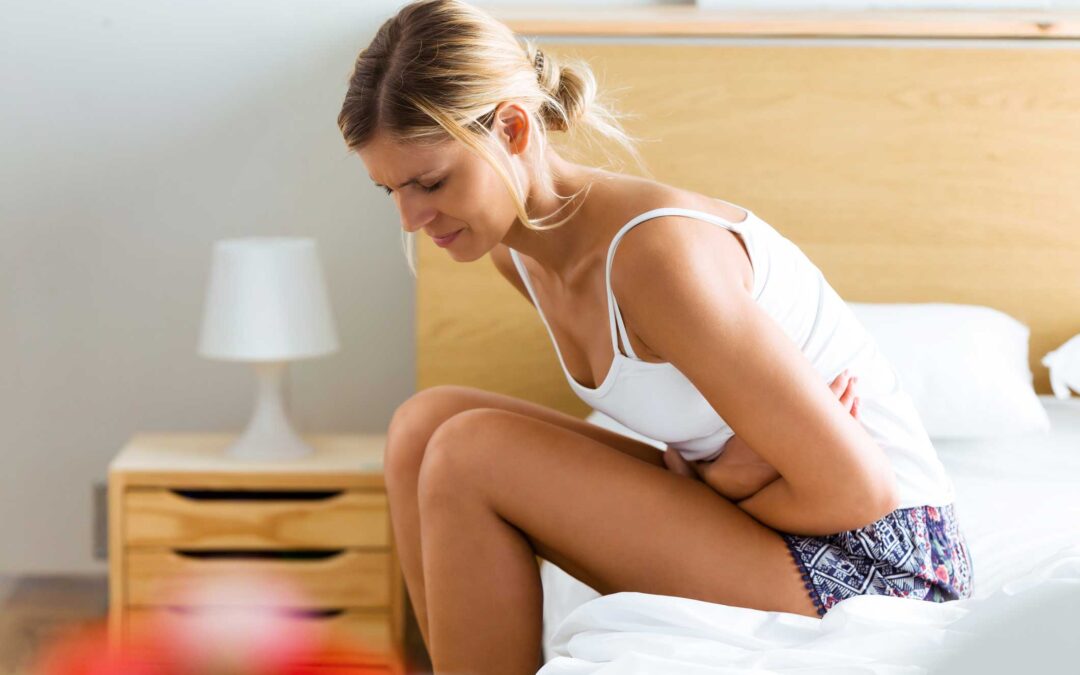I’ve been pretty consistently seeking out information about endometriosis since my diagnosis a few years ago. I’ve inhaled articles, read books, joined support groups, followed endo advocates online and spoken with countless medical professionals.
I have stumbled across some very helpful information that has helped me to manage my own conditions, but a large amount of what I found was less helpful. Many information sources, including seemingly reputable ones, are littered with persistent myths and misunderstandings about endo – what it is and what it can do to you.
So I thought a little myth busting couldn’t be a bad way to start the year.
FACT: Endometriosis is not the endometrium
You might be surprised how many reputable sources of information get the definition of endo wrong. Many definitions state that endometriosis is caused by uterine tissue (the endometrium) growing where it shouldn’t. The correct definition should read endometriosis is a chronic and persistent condition in which tissue similar to the lining of the uterus (the endometrium) grows outside of the uterus. (1)
Many endo advocates have been tirelessly calling out the incorrect definitions on social media asking people to report any incorrect definitions when they appear online and a simple google will show you just how many they are.
While the difference in the definitions may seem inconsequential, definition matters. If we can’t get the definition right we have little hope in getting effective treatment.
FACT: Endometriosis is more than a painful period
Endometriosis is more than a painful period, it’s not all in your head, the pain is real and significant.
A report by the National Health Service in the United Kingdom showed that Endometriosis is one of the 20 most painful conditions in the world (2) alongside heart attacks, appendicitis, stomach ulcers and others.
Having myself been told by medical professionals that my pain was all in my head, these findings meant a lot.
FACT: Endometriosis has no known cure
Over the past few years, well-meaning friends, acquaintances and some medical professionals have offered me may treatment options. Some people have told me to have a hysterectomy, others have insisted on following an endo diet, more have suggested getting pregnant.
In reality – endometriosis has no known cure.
Different treatments will help different people. Ideally a multidisciplinary approach including removal of the endometriosis by skilled excision surgery is key.
MYTH: Endometriosis is only a women’s condition
Endometriosis affects a diverse range of people not just cis women.
Endo is experienced by transgender, non-binary queer and gender diverse people. Too often the language that is used to define and describe endometriosis, in support groups and by other endo suffers excludes and further isolates these groups.
The language we use matters. An endometriosis diagnosis is scary and painful enough without having to navigate the treatment and endo communities when the language used doesn’t acknowledge you.
MYTH: Endometriosis always causes infertility
While endometriosis can make it more difficult for someone to get pregnant, not every person with endometriosis will struggle with infertility.
The National Action Plan for Endometriosis (3) developed by the Australian Department of Health, notes that one in three people with endometriosis will experience some fertility problems.
This statistic is not insignificant. Personally for me, the prospect of infertility was one of my main concerns when I first received my diagnosis. As such all the treatments I have opted for since my diagnosis have had a dual focus – to manage my pain and preserve my fertility.
For many, feelings associated with potential or realised infertility can be overwhelming and all consuming. It is important to recognises and validate these feelings and seek out support should they be negatively impacting your life and relationships.
While it is easy to feel defeated with how poorly understood endometriosis can be, I hope you can take solace in the fact that there is flood of new information and research being conducted all the time. I hope you are able to search out the factual information you deserve and need to manage your condition and make informed treatment decisions.
With love
Rach
xx
Sources
1. What we’re doing about endometriosis, Austarlian Government Department of Health accessed online
3. National Action Plan for Endometriosis, Australian Government, Department of Health

